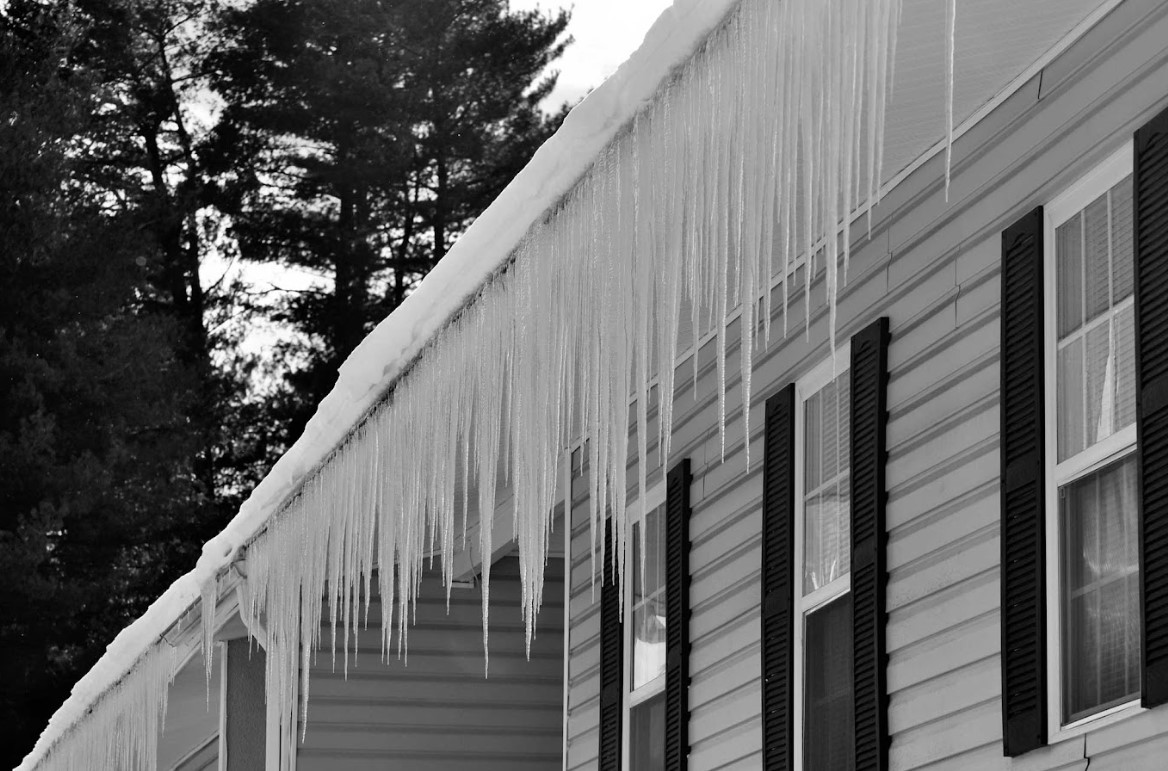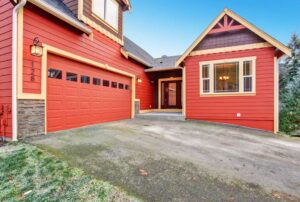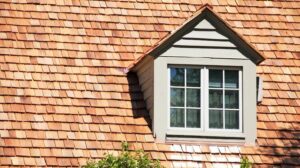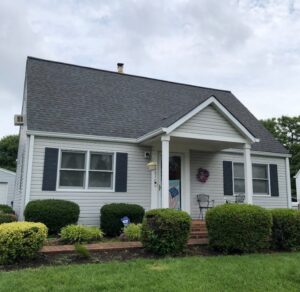Imagine This: A Winter Wonderland… with a Hidden Roofing Problem
You wake up in Alexandria or Fairfax after the first real snowfall of the season. The world outside is quiet, blanketed in white. Your roof looks like a frosted cake, and everything feels calm.
But here’s what most homeowners don’t realize: that soft layer of snow can cause real problems when it starts piling up. Snow may look light and harmless, but it can weigh hundreds—sometimes thousands—of pounds. And if your roof isn’t built or maintained to carry that roof snow load, you could be facing leaks, structural stress, and major repair bills.
So let’s talk about it—real talk. This blog is your guide to:
- What happens when snow builds up on your roof
- How much is too much (hint: it adds up fast)
- What to watch for before and after a snowstorm
- How to protect your home the smart way this winter
Need a professional opinion now? Master Roofing & Siding has been helping Northern Virginia homeowners like you since 1974.
Why Snow on Roofs Can Be a Big Deal in Northern Virginia
Let’s be honest—Northern Virginia isn’t Buffalo. We don’t get buried in snow every winter. But when storms do hit? They come with wet, heavy snow that weighs more than you’d expect. And because snow isn’t a constant here, most homes weren’t built with extreme roof snow load in mind.
So here’s the deal…
What Is Roof Snow Load?
Roof snow load is just a fancy way of saying, “How much weight can your roof hold before it gets into trouble?” It’s measured in pounds per square foot (psf). And that number depends on:
- The slope of your roof (steeper = better snow shed)
- Your roof’s design and framing
- The type of snow sitting up there (wet snow = way heavier)
For example:
- Light, fluffy snow: about 3–5 lbs per cubic foot
- Heavy, wet snow (the kind we get): up to 20 lbs per cubic foot
So yeah, a few inches can become a few thousand pounds. That’s pressure—literally.
Why It Matters in Our Region
Here in Northern Virginia, we deal with:
- Fluctuating temps that cause snow to melt and refreeze
- Ice dams from poor insulation or clogged gutters
- Heavy snowstorms once or twice a season that drop big weight fast
Older homes, especially those built before stricter codes, may not be able to handle this kind of stress without reinforcement or repairs.
What Homeowners Should Know Before Snow Becomes a Problem
If you own a home here, there are a few things you need to know before winter gets serious. We got you.
Your Roof Might Not Be Ready
If your roof is more than 15 years old, hasn’t had a proper inspection in a while, or has old-school 3-tab shingles, it may not handle a serious snow load the way it used to. Architectural or impact-resistant shingles—and metal roofing—are better built for snow.
Repairs Can Be Expensive If You Wait
Not trying to scare you—but roof damage from snow isn’t cheap.
- Minor leak fix? Maybe $300–$400
- Structural damage from sagging or collapse? You’re looking at $10,000+
A small issue today becomes a big bill tomorrow if ignored.
Permits May Be Required for Major Work
No, you don’t need a permit to use a roof rake or have someone clear your snow. But if your roof needs structural repair or replacement? We’ll take care of the paperwork so you don’t have to.
Gutters and Attics Matter Too
We’re not just looking at shingles. If your gutters are clogged or your attic isn’t ventilated, snowmelt can back up and refreeze—causing water to sneak in under the roof. That’s how ice dams form. And that’s how leaks start.
How Snow Damages Your Roof (And What to Look For)
Now let’s break down what actually happens up there when snow starts stacking up on your roof. These are the real risks—and the real red flags to watch for.
1. Ice Dams: The Silent Roof Wrecker
Ice dams form when warm air in your attic melts the snow, which then refreezes near your roof’s edge. This ice traps water behind it, pushing it under your shingles.
Watch for:
- Big icicles forming near the gutters
- Ceiling stains inside your home
- Drips or puddles near windows or eaves

2. Sagging from Roof Snow Load Stress
When too much snow is sitting on your roof—especially wet, dense snow—it may exceed what the roof was built to handle. That’s where sagging, cracking, and stress begin.
Signs include:
- Uneven rooflines or visible dips
- Doors inside the home suddenly sticking
- New interior wall or ceiling cracks
3. Leaks After Snow Melts
Melting snow finds its way into the smallest cracks. And if your flashing, underlayment, or shingles are compromised, water will find a way inside.
Check for:
- Dark spots or bubbling paint on ceilings
- Damp insulation or wood in the attic
- Musty smells near exterior walls
4. Not Sure? Get It Checked.
We get it—you’re not going to climb up there yourself (and please don’t). Our trained crews will safely inspect your roof from top to bottom and tell you if the snow caused any hidden issues.
What Roofing Materials Work Best in Snowy Conditions?
Not all roofs are created equal—especially in winter. If you’re wondering what’s best for handling snow in Northern Virginia, here’s our take:
Roofing Material | Snow Performance | Good to Know |
Architectural Shingles | Solid cold-weather performance | Better than 3-tab; affordable and durable |
Impact-Resistant Shingles | Great for freeze-thaw cycles | Helps prevent cracking and hail damage |
Metal Roofing (Standing Seam) | Excellent—snow slides right off | Long lifespan; higher up-front cost |
Synthetic Slate (EcoStar) | Strong winter durability | Lightweight and premium-looking |
Pro tip: We fabricate standing seam metal roofing in-house and install both asphalt and synthetic systems all year round—even in winter (with the right precautions).
Snow Damage and Roof Load FAQs for Northern Virginia Homes
We’ve answered hundreds of winter roofing questions from homeowners across Alexandria, Fairfax, and surrounding Northern Virginia communities. If you’re not sure how much snow is too much—or what to watch for—this section is for you.
Can snow on roofs cause serious damage?
Yes, snow on roofs can cause serious damage if the weight exceeds what the roof structure was designed to support. Even a few inches of wet snow can strain your roofing system, leading to leaks, structural sagging, or long-term damage.
What is roof snow load, exactly?
Roof snow load is the maximum amount of weight your roof can safely support from snow and ice accumulation. In Northern Virginia, most modern roofs are built to handle around 20–30 pounds per square foot, but older homes may not meet that standard.
How do I know if snow has damaged my roof?
You can tell snow has damaged your roof if you notice ceiling stains, water leaks, sagging areas, or new cracks in your drywall. Other signs include doors sticking or changes in how windows open and close—both signs of structural shifting from excess weight.
Should I remove snow from my roof myself?
No, you should not attempt to remove snow from your roof yourself. Climbing onto a snowy or icy roof is dangerous and can lead to injury or further roof damage. If you need help removing snow or assessing risk, it’s best to call a professional.
Is metal roofing better for handling snow in Northern Virginia?
Yes, metal roofing is better for handling snow in Northern Virginia because it sheds snow naturally and resists ice buildup. It’s a strong long-term solution for homes in areas where freeze-thaw cycles and wet snow are common.
Do I need a roof inspection after a snowstorm?
Yes, you need a roof inspection after a heavy snowstorm to check for hidden damage. Even if your roof looks fine from the ground, an inspection can uncover leaks, flashing damage, or structural stress caused by roof snow load.
The Bottom Line: Don’t Wait Until Snow Becomes a Roofing Emergency
Snow might look beautiful on the outside—but it can hide problems waiting to show up in your attic, ceilings, or gutters. If you’re not sure your roof can handle this winter, don’t wait. Take action before damage happens.
At Master Roofing & Siding, we’ve been doing this work since 1974. No sales games, no scare tactics—just honest roofing advice and high-quality work from our in-house crews.
Schedule your free roof inspection today and stay one step ahead of the snow this season.




